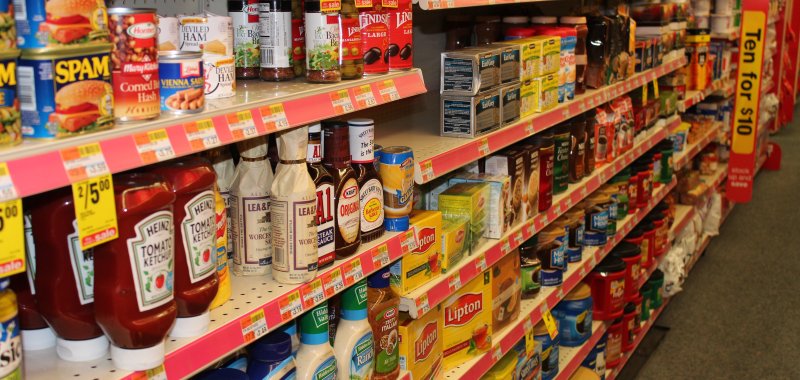When most people think of healthy eating, canned and processed foods rarely make the list. But what if everything you’ve been told about these pantry staples is wrong? Recent research reveals that canned foods can be just as nutritious as fresh alternatives—and in some cases, even more so. With 95% of food cans now BPA-free and sodium levels dropping across the industry, it’s time to reconsider these convenient, affordable options that could transform your meal planning.
Breaking Down the Biggest Canned Processed Foods Myths
Myth #1: “Canned Processed Foods Have No Nutritional Value”
The Reality: Studies consistently show that canned fruits and vegetables retain most of their nutrients—and sometimes gain them. The canning process, which involves heating foods to peak temperatures, actually increases the availability of certain antioxidants. For example, canned tomatoes contain 32% more vitamin C than fresh tomatoes and 66% more beta-carotene per 200-gram serving.yumda
The Science Behind It: Foods destined for canning are typically processed within hours of harvest at peak ripeness, when nutrient content is highest. The heating and sealing process locks in these nutrients for months or even years. Meanwhile, “fresh” produce may lose vitamins during transport and storage before reaching your plate.
A comprehensive 2015 study published in Nutrients found that people consuming six or more canned foods weekly had higher intakes of 17 essential nutrients compared to those eating fewer canned foods. This includes crucial vitamins like folate, potassium, and fiber—nutrients many Americans struggle to get enough of.bhf
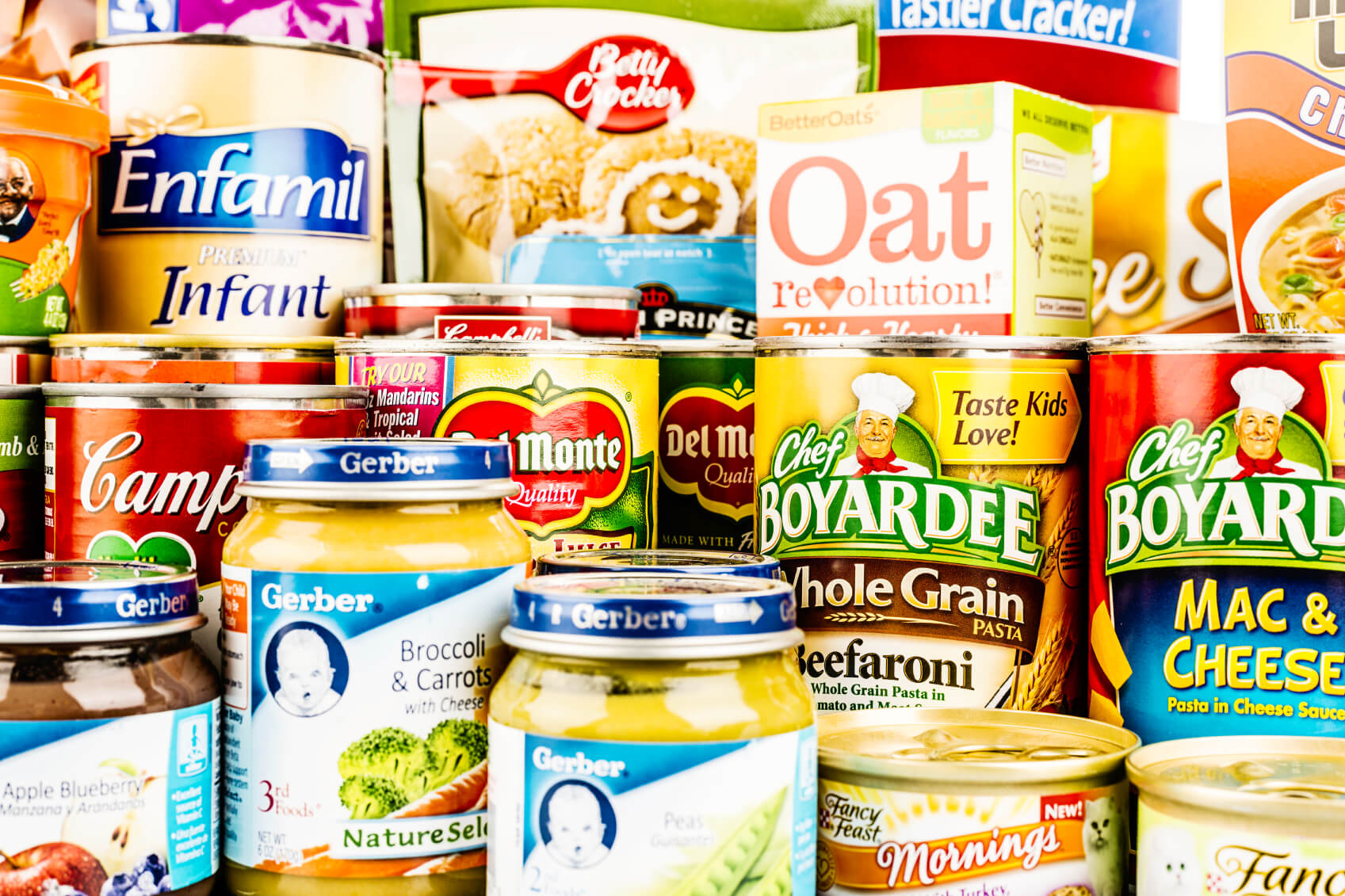
Myth #2: “All Canned Processed Foods Are Loaded with Sodium”
The Facts: While some canned products do contain added sodium, canned foods don’t even appear on the CDC’s top 10 sources of dietary sodium. The real culprits? Pizza, cold cuts, bread, and restaurant meals.fruitsandveggies
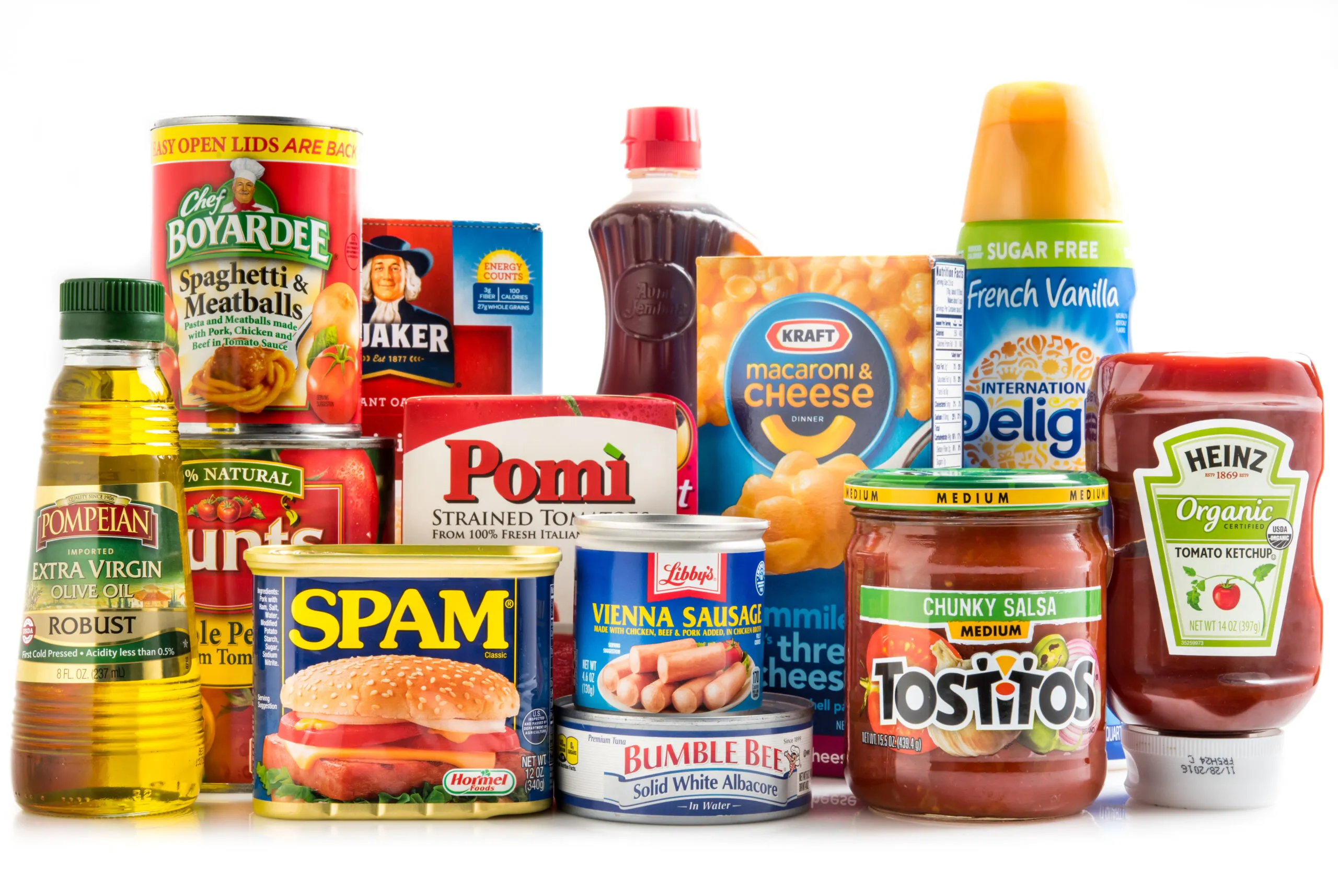
Smart Shopping Solutions:
- Choose “No Salt Added” varieties when available
- Drain and rinse vegetables: This simple step reduces sodium content by 36-41%ars.usda
- Look for low-sodium options: Many brands now offer reduced-sodium alternatives
- Check labels: Five popular canned vegetables (black beans, corn, green beans, peas, tomatoes) all qualify as “low-sodium” foods under FDA guidelinesfruitsandveggies
Myth #3: “Canned Processed Foods Are Full of Preservatives”
The Truth: The canning process itself acts as the preservative. By heating foods and sealing them in airtight containers, the process eliminates bacteria naturally without added chemicals. Most canned foods contain no preservatives at all—just the food, water or juice, and minimal seasoning.hawaiifoodbank
The confusion comes from conflating canning with other preservation methods. Unlike frozen foods that may contain preservatives or fresh foods treated with chemicals to extend shelf life, properly canned foods rely solely on heat and sterile packaging.
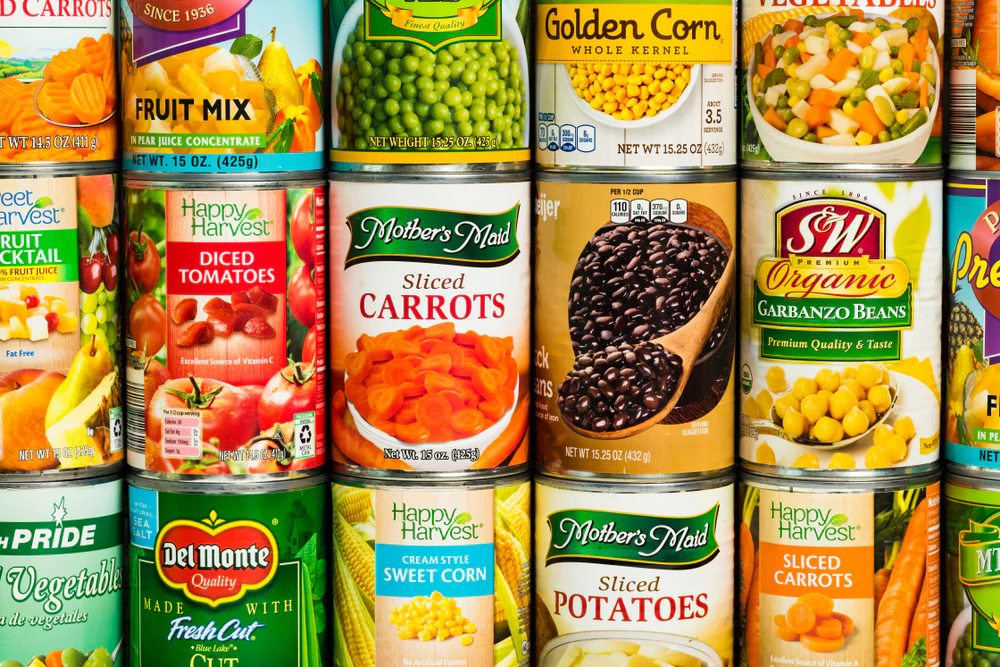
The Healthiest Canned Processed Foods to Stock in Your Pantry
Canned Beans: Protein and Fiber Powerhouses
Nutritional Profile: One cup of canned kidney beans provides over 13 grams each of plant-based protein and fiber. Black beans offer 15 grams of protein plus essential vitamins including iron, folate, magnesium, and phosphorus.cleaneatingmag
Weight Loss Benefits: The high protein and fiber combination in beans promotes satiety while supporting muscle maintenance. Research published in The BMJ linked higher plant protein intake to lower all-cause mortality risk.cleaneatingmag
Budget-Friendly Tip: Canned beans cost significantly less than dried beans when you factor in cooking time and energy costs. A simple rinse removes up to 40% of added sodium without affecting nutritional content.
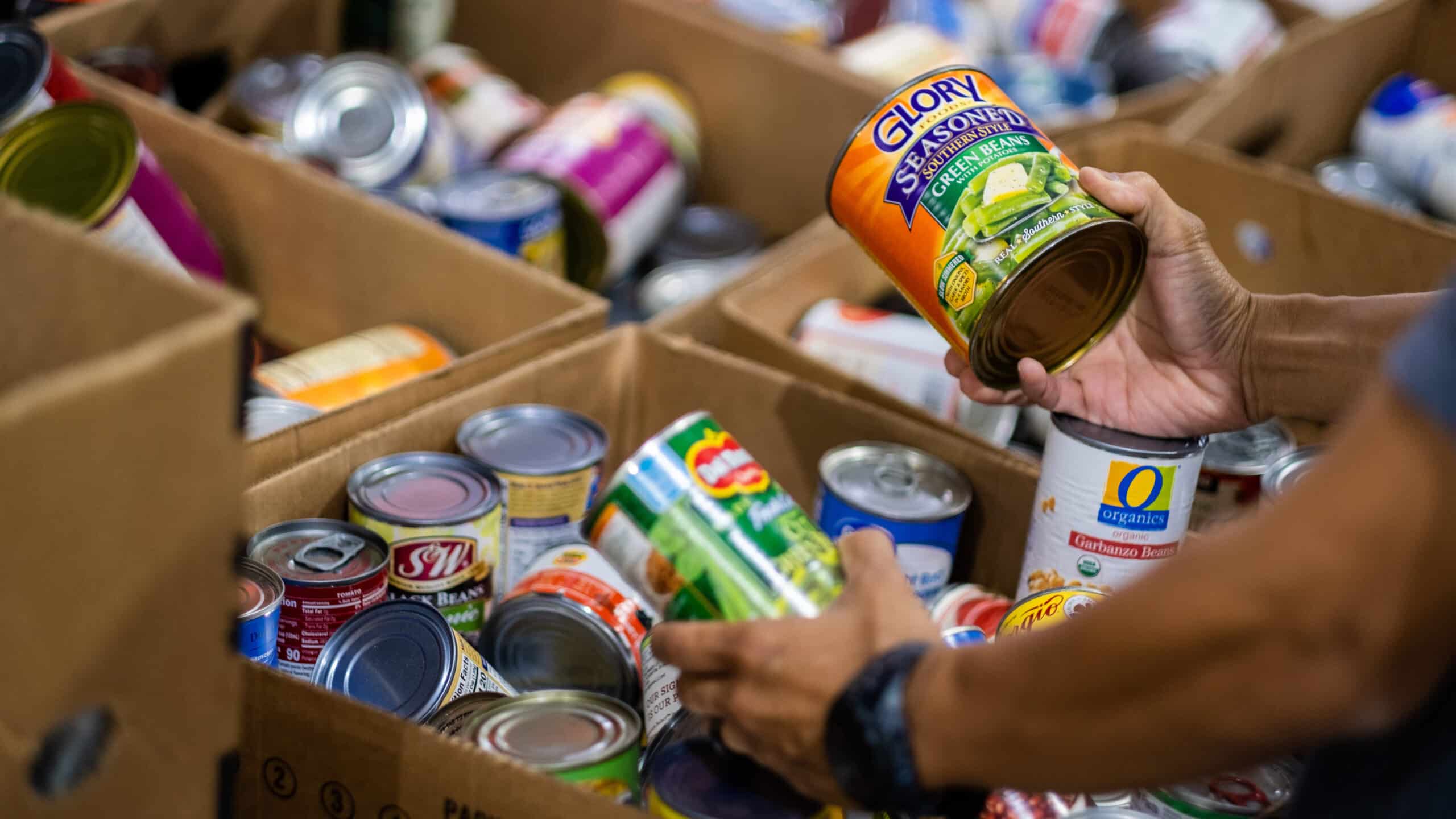
Canned Tomatoes: Antioxidant Superstars
Lycopene Advantage: The canning process actually increases lycopene bioavailability by breaking down cell walls and concentrating this powerful antioxidant. Lycopene has been extensively studied for its role in heart disease and cancer prevention.goodrx
Versatility Factor: From pasta sauces to soups and stews, canned tomatoes provide rich flavor and nutrition year-round. They’re also more consistent in quality than fresh tomatoes, which can be watery and flavorless outside of peak season.
Sodium Solutions: Choose “no salt added” varieties when possible, or balance regular canned tomatoes with other low-sodium ingredients in recipes.
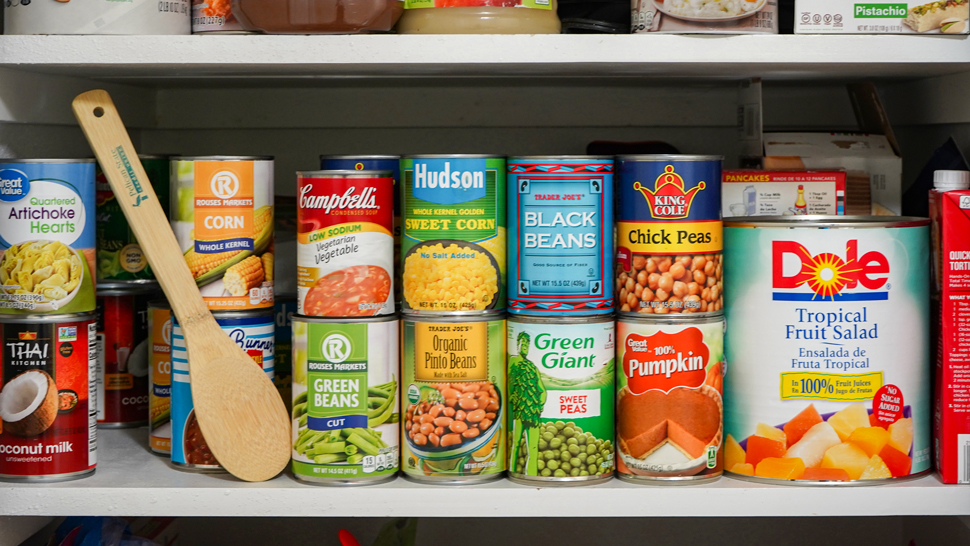
Canned Fish: Omega-3 Rich and Convenient
Nutritional Density: Canned salmon, sardines, and tuna provide high-quality protein plus heart-healthy omega-3 fatty acids. Canned salmon with bones also delivers significant calcium content.bhf
Sustainability Note: Many canned fish options come from well-managed fisheries and provide affordable access to seafood in areas where fresh fish is expensive or unavailable.
Safety Consideration: Choose canned fish packed in water rather than oil to control added calories, and vary your selections to minimize mercury exposure.
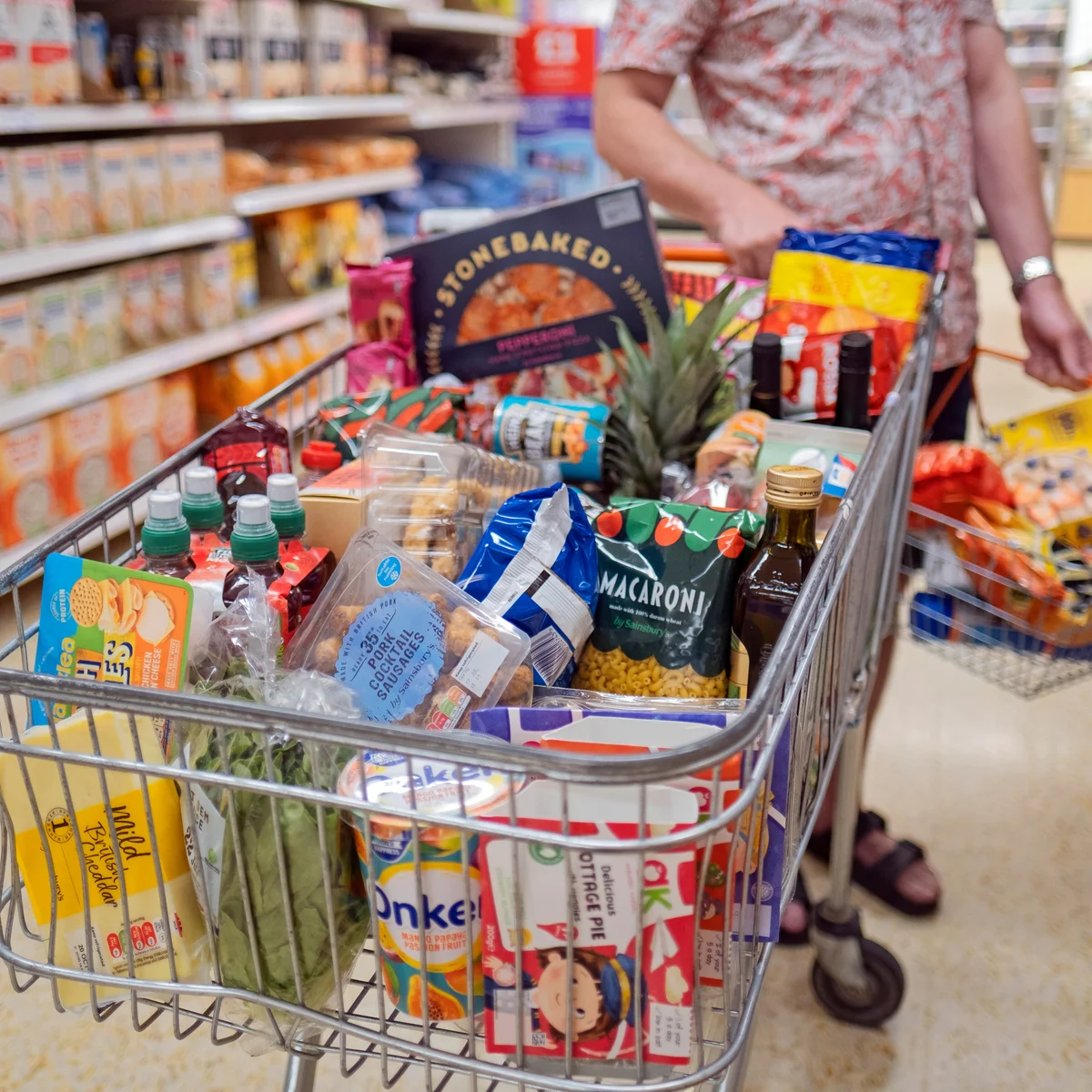
Canned Pumpkin: Vitamin A Powerhouse
Nutrient Density: Just half a cup of canned pumpkin provides 4 grams of fiber and significant beta-carotene (vitamin A precursor) for eye health support. One can contains approximately 14 grams of fiber—more than half the daily recommended intake.goodrx
Culinary Applications: Beyond pies, canned pumpkin adds nutrition and natural sweetness to:
- Smoothies and protein shakes
- Oatmeal and yogurt
- Soups and curries
- Pancakes and muffins
BPA-Free Revolution: Why Modern Cans Are Safer Than Ever
The BPA Phase-Out Success Story
Current Status: More than 95% of can manufacturers now use BPA-free linings, according to the Can Manufacturers Institute. The European Union’s complete BPA ban in food packaging took effect in January 2025, with similar restrictions expanding globally.pccmarkets+1
Alternative Lining Materials: Modern cans use various safe alternatives including:
- Acrylic-based coatings
- Polyester linings
- Plant-based oleoresins
- Vinyl alternatives (carefully selected for safety)
Consumer Confidence: Independent testing shows that BPA levels in food are now “non-detectable” using sensitive laboratory equipment, even in products from cans that may contain trace amounts.edenfoods
Environmental Benefits of Canning
Sustainability Advantages:
- Steel cans are infinitely recyclable with a 58% current recycling rate
- Reduced food waste due to extended shelf life
- Lower carbon footprint than fresh produce requiring refrigerated transport
- Efficient resource use through bulk processing at peak harvest times
Smart Shopping Strategies for Canned Processed Foods
Reading Labels Like a Pro
What to Look For:
- “No Salt Added” or “Low Sodium” designations
- Short ingredient lists (food, water, and minimal seasonings)
- BPA-free labeling when available
- Organic options for pesticide concerns
Red Flags to Avoid:
- High fructose corn syrup in fruit products
- Excessive sodium (over 400mg per serving)
- Added sugars in vegetable products
- Long lists of unrecognizable ingredients
Best Practices for Preparation
Maximizing Nutrition:
- Rinse vegetables and beans to reduce sodium by 36-41%
- Use the liquid from low-sodium vegetables in soups and stews for added nutrients
- Combine canned items with fresh ingredients for optimal nutrition and flavor
- Store opened cans properly in refrigerated containers (not in original can)
Canned Processed Foods for Weight Management
High-Fiber Champions
Artichoke Hearts: With 4 grams of fiber in just 35 calories per half-cup serving, artichoke hearts top the list for weight management. They’re perfect for salads, pasta dishes, and Mediterranean-inspired meals.redmountainweightloss
Chickpeas: Providing 15 grams of protein and 12 grams of fiber per cup, chickpeas support satiety while delivering essential nutrients like iron and folate.spanishboosting
Lentils: These legumes offer 8 grams each of protein and fiber per half-cup serving, making them ideal for hearty soups, curries, and salads.themanshake
Portion Control Benefits
Built-in Serving Sizes: Canned foods naturally provide portion control, helping prevent overeating while ensuring adequate nutrition. Individual cans often contain 2-4 servings, making meal planning simpler.
Convenience Factor: The ease of canned foods can support weight management by reducing reliance on takeout and processed convenience foods that are typically higher in calories, sodium, and unhealthy fats.
The Economic Case for Canned Processed Foods
Budget-Friendly Nutrition
Cost Comparisons: Canned beans cost approximately 50-70% less than dried beans when factoring in cooking time and energy use. Canned vegetables often cost less than fresh alternatives while offering consistent quality year-round.
Reduced Food Waste: The extended shelf life of canned foods dramatically reduces food waste, which averages 30-40% for fresh produce in typical households. This translates to significant savings over time.
Time Savings: Pre-cooked canned ingredients can reduce meal preparation time by 15-30 minutes, allowing for more home cooking and less reliance on expensive convenience foods.
Special Considerations and Precautions
Foods to Choose Carefully
High-Sugar Concerns: Canned fruits in heavy syrup can contain 16+ grams of added sugar per serving. Choose fruits packed in water or natural juice instead.eatthis
Processed Meat Products: Canned meats like corned beef and spam are highly processed and high in saturated fat and sodium. Use sparingly and balance with vegetables.bhf
Cream-Based Soups: These often contain high levels of sodium, saturated fat, and preservatives. Choose broth-based varieties or make your own using canned vegetables as ingredients.
When Fresh Is Better
Peak Season Produce: When local fruits and vegetables are in peak season, fresh options often provide superior flavor and may cost less than canned alternatives.
Sodium-Sensitive Individuals: People with hypertension or kidney disease should prioritize fresh or frozen vegetables over canned varieties, even with rinsing.
Texture Preferences: Some vegetables lose their crisp texture during canning. If texture is important for your recipe, fresh or frozen may be preferable.
The Future of Canned Processed Foods
Innovation Trends
Clean Label Movement: Manufacturers are responding to consumer demands with simpler ingredient lists and organic options. New products feature minimal processing and no artificial additives.
Sustainable Packaging: Development of plant-based can linings and improved recycling systems addresses environmental concerns while maintaining food safety.
Nutritional Enhancement: Some companies are fortifying canned foods with additional nutrients like omega-3s, probiotics, and vitamins to compete with supplement markets.
Making Canned Foods Work for You
Weekly Meal Planning Tips
Stock Your Pantry: Keep a rotating supply of canned tomatoes, beans, fish, and vegetables for quick meal assembly any night of the week.
Flavor Boosters: Use herbs, spices, and aromatics to enhance canned ingredients and create restaurant-quality meals at home.
Batch Cooking: Combine multiple canned ingredients into large-batch soups, stews, and casseroles that provide multiple meals with minimal effort.
Recipe Integration Strategies
Breakfast Applications: Add canned pumpkin to smoothies, oatmeal, and pancake batter for extra fiber and nutrients without changing flavor significantly.
Lunch Solutions: Keep canned fish, beans, and vegetables on hand for quick salads and grain bowls that provide complete nutrition.
Dinner Shortcuts: Use canned tomatoes, beans, and vegetables as base ingredients for one-pot meals that cook in 30 minutes or less.
The Bottom Line: Embracing Canned Food Reality
The narrative around canned and processed foods is rapidly changing as research reveals their true nutritional value and environmental benefits. While not all canned products are created equal, smart selections can provide convenient, affordable nutrition that rivals or exceeds fresh alternatives.
The key lies in reading labels carefully, choosing minimally processed options, and incorporating canned foods as part of a varied diet that includes fresh, frozen, and canned ingredients based on seasonality, budget, and nutritional goals.
Modern canned foods offer:
- Comparable or superior nutrition to fresh alternatives in many cases
- Significantly reduced sodium through improved processing and rinsing techniques
- BPA-free packaging in 95% of products
- Extended shelf life reducing food waste and saving money
- Year-round availability of peak-season nutrition
- Convenient portion control supporting weight management goals
As we move forward in 2025, it’s time to move beyond outdated assumptions and embrace canned foods as legitimate components of healthy, sustainable eating patterns. Your pantry—and your budget—will thank you.
Whether you’re meal prepping for busy weeknights, building emergency food supplies, or simply seeking affordable nutrition, strategic use of canned foods can enhance rather than compromise your health goals. The secret is knowing which products to choose and how to prepare them for maximum nutritional benefit and culinary satisfaction.
About us
Try it for yourself. Freshdi.com
Global Agri B2B Marketplace.

